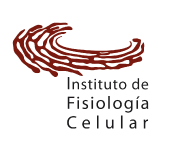There is a rich literature on storytelling in public science communication, mostly advancing the premise that it helps in telling science to the public. We present here a summary of results from a review of ideas on the subject guided by a set of questions about goals, techniques, and research. We found no consensus on the notion of what is a story, yet some useful approximations emerged. There are various goals driving the use of storytelling to communicate science, from engaging to creating emotions to favouring understanding. The structure of the stories appeared as a crucial element, and three types of structures are dominant. As a field in evolution, there are not many empirical studies, but the few we found appear promising. We conclude that there is ample opportunity for discussion and research regarding emotions, persuasion, understanding and innovation in the use of narrative concepts and techniques to better let the science be told.
ABSTRACT


